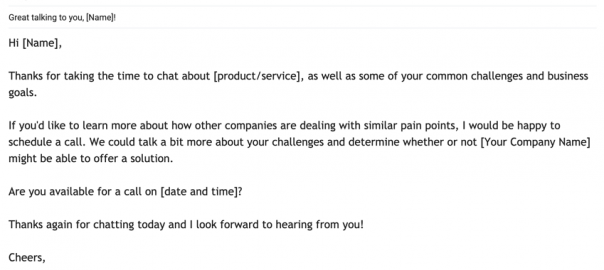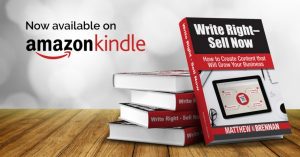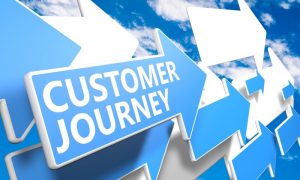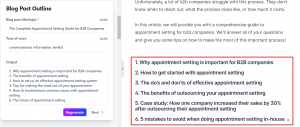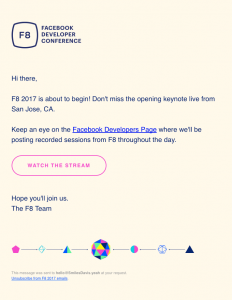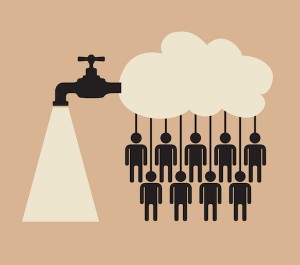Writing a sales follow up email might not be your idea of a fun time – but perhaps it should be.
A diligent and repeatable follow up process may be the biggest factor in getting opportunities to convert into deals. Depending on the size of your average deal, you could add millions to the bottom line. All it takes is a quick sales follow-up email or five.
What Is a Follow Up Email?
Follow up emails are exactly what they sound like. They’re emails that you send to a potential customer that you’ve been in contact with about an offer or deal in the past.
If you send out an epic follow up, you’ll be able to re-engage and keep a prospect on the line until they’re ready to move forward in their journey.
When to Send a Follow Up Email
Truthfully, you don’t want to wait long at all. You’ll want to follow up within two or three days after interacting with them.
Most people open their emails the day they receive them, and the same goes for replying. You can assume that if they don’t respond that same day, they’re not going to at all. Wait a few days before sending another.
If you’re wondering what counts as an interaction, a general rule of thumb is to send a follow up email after:
- A meeting
- A trigger event
- A networking event
- Your first discussion
- Leaving a voicemail
How to Write a Follow Up Email
Of course, it’s vital to build relationships before, during, and after any email campaign. When leads know you and trust your brand, they’re more likely to take the plunge. That might mean connecting on social media or making a call, especially at the start of the relationship.
Still, the power of individual emails to move things forward shouldn’t be underestimated.
There’s beauty in a good sales follow-up email:
- It’s not interruptive, so you can’t catch prospects at a bad time.
- You can add value in different ways, including links to content or news.
- It only takes minutes to develop a useful message with strong personalization.
Here’s how you can do it:
1. Identify Your Goal.
Follow up emails go a lot deeper than just a generic check-in. There’s usually a specific goal that you’re hoping to accomplish by sending that email, such as:
- Closing a deal
- Providing valuable resources and content
- Gathering information
Having a proper objective for your email will give your message a clear purpose and help you develop a CTA to naturally incorporate.
2. Be Clear.
Don’t leave your prospect guessing why you sent them the message. Otherwise, they’ll read maybe two sentences and then delete the email.
Be straightforward and specific about your intentions in order to make it clear that you’re not looking to waste their time. You have value to provide, which will pique their interest.
If you leverage the right CTA or offer something that interests them, they’ll be much more likely to respond to you to either get more information or plan a meeting.
3. Create a Catchy Subject Line.
If the prospect is never interested enough to even open the email, then you’ve wasted your time and energy.
How do you get them to look further than their inbox? A great subject line!
That line is how they’ll decide if reading the email is worth their time or not, so you’ll want to make a good impression.
Keep it short and make it feel urgent when possible. People respond to action-oriented and time-sensitive material. Also, personalize it when you can. This will keep the email from feeling spammy or automated.
4. Send It.
Make sure to review your message before you click the send button.
Did you address what you needed from them? Is there a clear CTA for them to act on? Any spelling errors or grammar mistakes?
If the email looks good to go, then send it on its way!
Follow Up Email Tips
You’ll want your emails to have a bit of character and pizazz, so try some of these best practices to beef them up:
Send Out Relevant, Timely Information.
Sales and marketing teams should partner closely in the inbound era. When you’re out there getting your sales groove on, you can rest assured your marketing team has been building plenty of useful, informative web content for your prospects.
The overall purpose of that content is to foster a connection, but there’s much more to it. It’s also to help you engage with prospects directly.
Good content prequalifies buyers, answers their common objections, and helps them get excited for what you have to offer.
Sadly, very few of your leads will be avid readers of all your content.
Knowing that, always look for content that will be immediately useful to your leads to sprinkle into your emails. Use content that will help them solve business problems.
Even emails that don’t succeed in moving the sales process forward right away are valuable if they strengthen trust.
Align Your Emails With the Buyer’s Journey.
If you have analytics and cross-platform attribution chugging along on your digital properties, you can get keen insight into where your leads are in their personal buyer journey, even if they go quiet.
When you understand where leads stand in their quest for a solution, you can make your sales follow-up emails much more useful.
Not only does it empower you to select the right content, but you can also craft your messaging more effectively. The buyer journey stages are:
Awareness
The lead becomes aware there’s a problem to solve and starts doing some initial research.
Consideration
The lead gathers a number of potential solutions and starts to research selection criteria.
Decision
The lead narrows down possible solutions to just a few and decides which will work best.
Most leads will be at the consideration phase, but if you use warm email or social prospecting, you could have many who are only dimly aware of the problem.
By striving to educate leads a little with each email, you make it more likely for them to engage you in the sales process.
Always Start with Context.
Who the heck are you – no, really?
There’s nothing more awkward than having someone stop you at the post office and start rattling off details about the big game or the office holiday party and you can’t put a name to the face.
Your leads are a lot less sensitive to social embarrassment, but they won’t even spare a click on the “search” box if they can’t figure out who you are. So, make it as easy for them as possible.
Unless you’ve been in a lengthy, recent conversation or spent face time with a prospect, lean toward the assumption they may not recognize your name right away in their email inbox.
Luckily, you can get context out of the way quickly in any sales follow up email. Remember to mention:
- Who you are
- Where you met or when you last spoke
- A key takeaway from that last encounter
These three points will jog a lead’s memory fast so you can get down to the brass tacks.
Ping Contacts About Their Successes.
What happens if you lose touch with a lead? It’s bound to happen now and again.
If you have the time to put in a little elbow grease, punch in your contact’s name and see what new information comes up.
Opening your sales follow-up email with quick kudos not only makes the lead’s day a little bit brighter, but it also shows you’re willing to put time into the relationship.
This is the same concept that makes warm prospecting so powerful.
As a quick reminder, warm prospecting uses trigger events, like a new product launch or a store opening, to recognize when changes in a lead’s business mean new opportunities for sales.
Warming up your relationship this way isn’t just for the first contact, however.
You can use this method to get back on a lead’s radar any time the conversation lapses. If you’re monitoring your sales pipeline metrics, you’ll recognize long “age in stage” so you can take corrective action.
Prepare for the Long Haul.
Only about two percent of leads who come in contact with your business will be ready to buy from you right away. The rest hang on, usually for three to five months, while they feel out their options.
With that in mind, the best thing you can do is hunker down for a long wait.
If it’s true that most sales take five emails, you can rest assured that only a small percentage of sales professionals will make it to the end.
Get Prospects to Say “No” – Five Times.
“No” comes in all kinds of flavors.
Sales pros have heard them all before. Whatever it sounds like, though, you’ll recognize a no when you hear one. Younger sales experts in particular need to get used to rejection so they can keep moving forward.
But, yes, there is such a thing as “enough.” It’s five.
Always get to five!
Track Your Messages and Results.
Nothing makes you sound more like a robot than sending a follow-up email that covers the same topics in the same words as last week.
While a template-focused approach saves time, a good customer relationship management suite is crucial for maintaining visibility into lead touches. It’ll maximize your emails’ impact – and keep the taste of shoe leather out of your mouth.
Always Ask About Next Steps.
“Does it make sense to schedule a quick call?” will become your best friend. Use it.
You’ll always want to finish your follow up email with a line that demands they respond. It won’t guarantee a response, but it’s certainly better than wrapping things up with the equivalent, “Thanks for coming to my Ted Talk. Bye!”
Throw the ball back into their court so that they know it’s their move.
10 Sales Follow Up Email Templates You Can Steal
Your follow up email doesn’t have to be lengthy or on the same level as Hemingway. Realistically, it should only take you a couple of minutes to draft up.
Here are a few examples to inspire you:
Template 1: Short and Sweet

Template 2: The International Spy
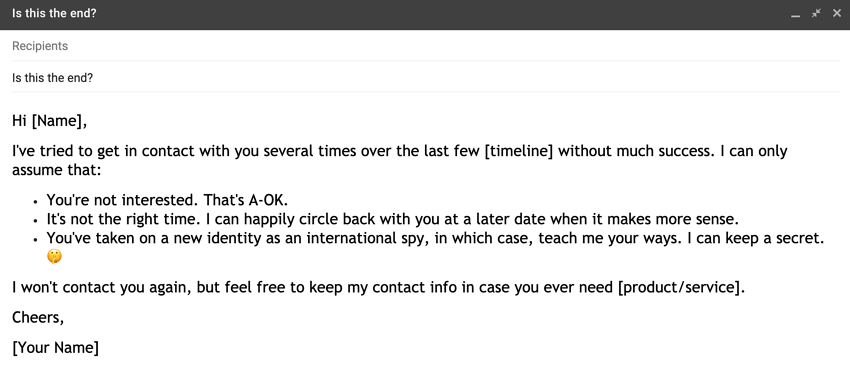
Template 3: The Purge List
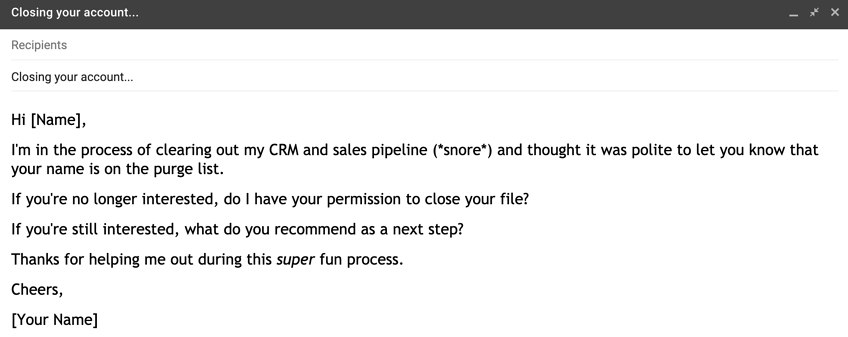
Template 4: Ready to Learn More?
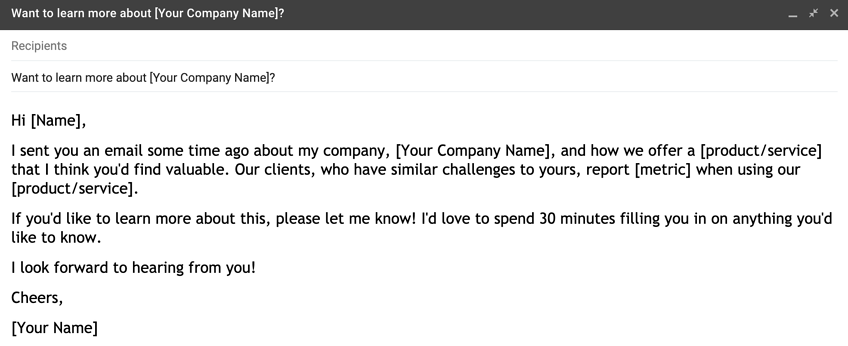
Template 5: The Missed Call
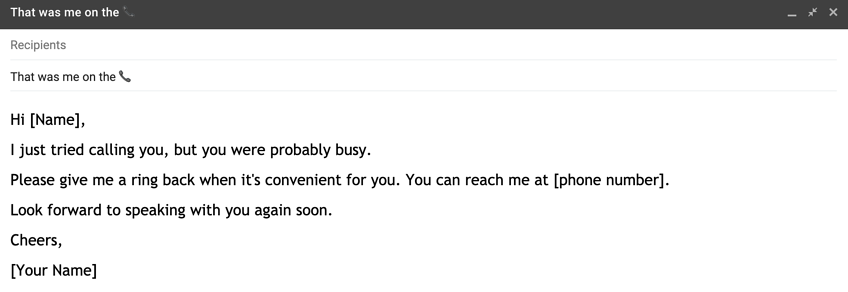
Template 6: Let’s Still Connect
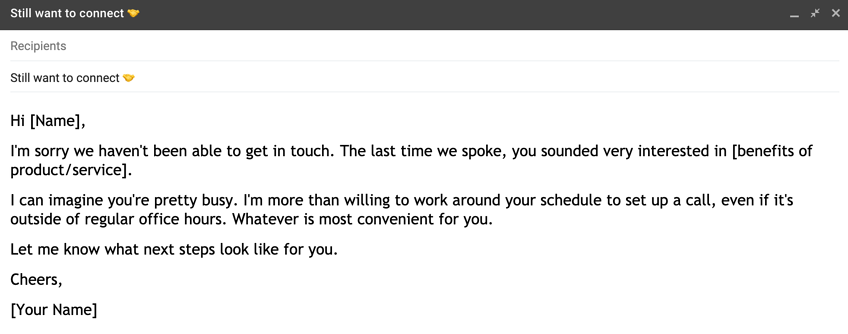
Template 7: The Goods
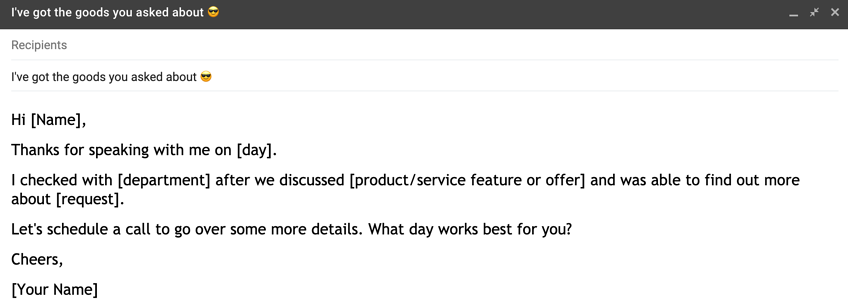
Template 8: Looking for a Match
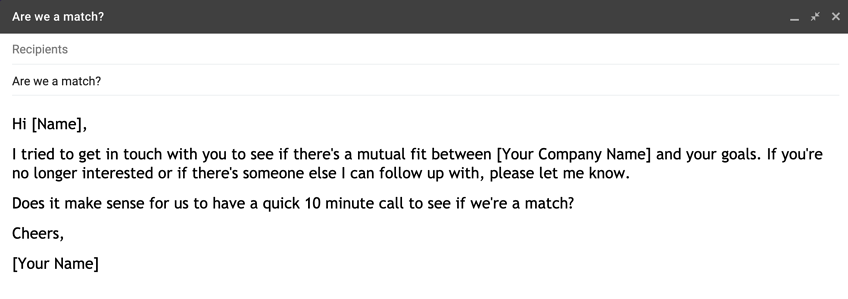
Template 9: The Helpful Resource
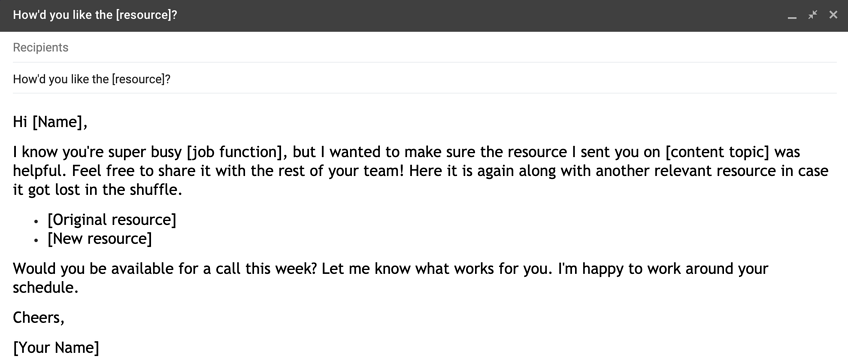
Template 10: The Great Talk
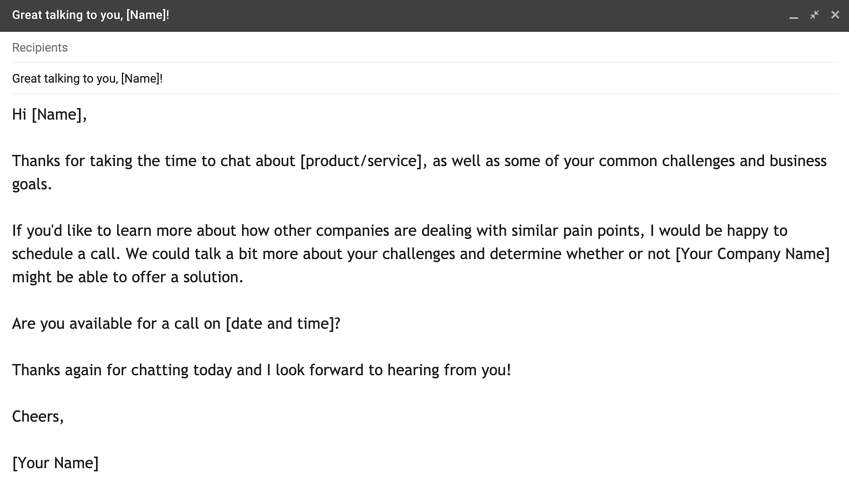
It won’t happen every time you write a sales follow up email, but the magic of follow up will lift your sales revenue fast.
Get out there and get after your warm leads!
Digital & Social Articles on Business 2 Community
(190)
